The main difference between customer loyalty and customer retention is their focus on the customer relationship lifecycle. Customer loyalty assesses how emotionally connected and committed customers are to a brand, often leading to repeated purchases and advocacy. In contrast, customer retention measures a business’s ability to keep customers over a period, which may not necessarily involve deep loyalty or satisfaction. Understanding these distinctions can help businesses tailor their strategies to not only keep customers but also turn them into loyal advocates.
Customer retention and customer loyalty are two common terms that are used interchangeably. It’s true that both are essential in the process of growing businesses, but their meanings are quite different. Customer retention means using a set of practices to prevent customer loss, while customer loyalty refers to establishing longer and more sustainable relationships.
Defining this difference will help you draw more effective strategies for your business. In this article, we’ll break down each definition and give you a better insight into the difference between customer loyalty and customer retention.
What is Customer Loyalty?
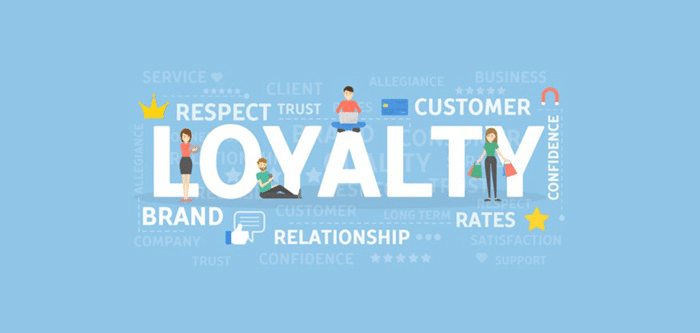
Customer loyalty refers to a customer’s willingness to come back to a company to conduct business. This is typically thanks to the pleasant and convenient experiences they have with that brand.
One of the primary reasons to enhance customer loyalty is because those consumers can support you to develop your business faster than your sales and marketing departments.
Customer loyalty is something any business should desire simply by reason of their existence: the aim of beginning a for-profit company is to attract and retain satisfied customers who purchase your products to increase revenue.
Consumers convert and spend more time and money with the companies to which they’re loyal. These consumers also tell their relatives and friends about those companies, which grows referral traffic
and word-of-mouth marketing.
Customer loyalty also builds a strong sense of reliability between your brand and buyers – when buyers choose to repeatedly return to your brand, the value they gain from the relationship overrides the potential advantages they would receive from one of your competitors.
What is Customer Retention?
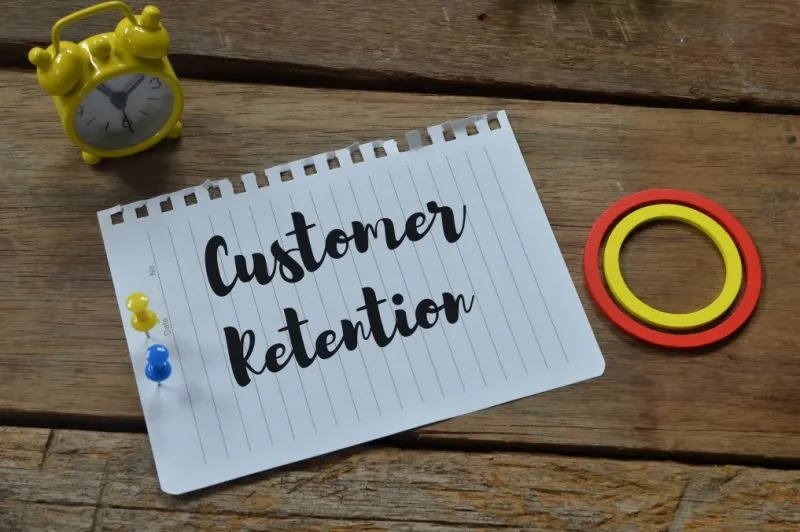
Customer retention refers to the activities companies utilize to decrease the number of customer defections. It is a percentage that counts how many consumers are retained by the end of a specific time period.
Customer retention is affected by how many new consumers are obtained and how many current consumers churn – by stopping their subscriptions, not returning to purchase, or canceling a contract.
Customer retention campaigns allow you to offer and extract more value from your current customer base. You want to make sure the customers you attempted to gain stay with you, enjoy a happy shopping experience, and keep receiving value from your products.
Customer Loyalty vs Customer Retention: What’s The Difference?
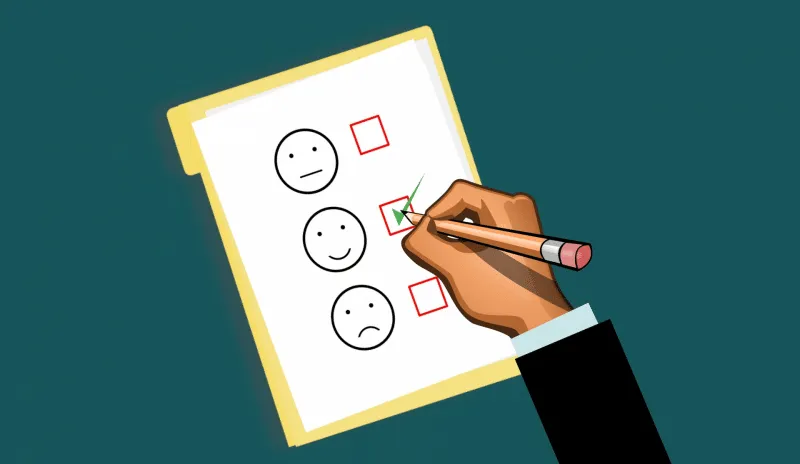
Unlike customer retention, customer loyalty shows how content your consumers are with their brand experience and how likely they will be to share that experience with others. This requires customer retention one more step by considering customer satisfaction and its connection to your repeat sales.
It’s vital to measure customer loyalty as it demonstrates how satisfied consumers are with their shopping time. Your consumers keep purchasing from you doesn’t mean that you have an excellent product. Maybe your product doesn’t work all the time, has a short expiration date, or consumers haven’t found a better choice. Either way, determining customer loyalty with retention will give you an overall picture of customer satisfaction.
Besides, customer loyalty offers chances to upsell and cross-sell, as loyal buyers are your brand’s most important asset. They purchase more often than other consumers and are closely connected with your business’s value. By defining your loyal customers, your brand can come up with customized campaigns that accurately meet their demands and expectations.
The Connection Between Customer Loyalty and Customer Retention
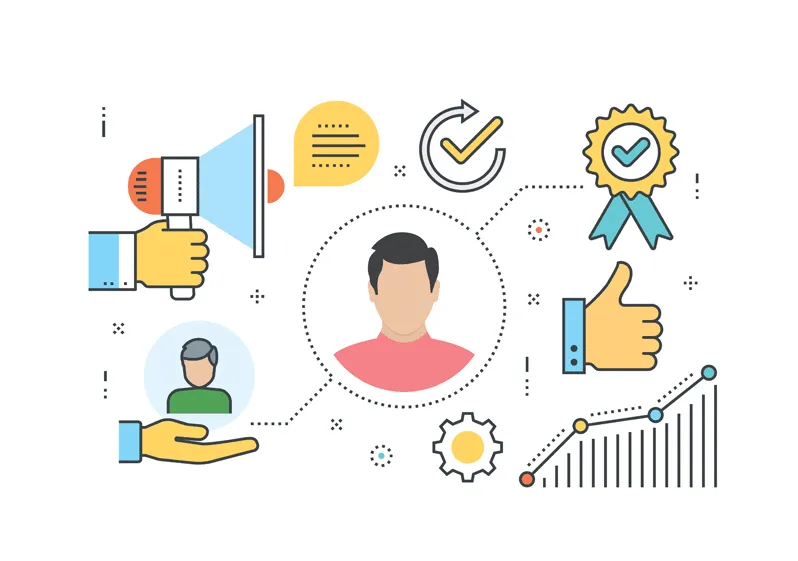
While it’s necessary to differentiate these two terms, it’s also substantial to recognize how they’re intertwined. Enhancing customer retention begins with enhancing customer loyalty.
Let’s consider it this way: Retention measures the transaction. Your consumers purchased from you at a rate you’re content with, or they didn’t. Basically, the concentration is on preventing revenue loss.
Customer loyalty measures what occurs before the transaction. Are you determining what makes unsatisfied customers so that you can keep future buyers from becoming unsatisfied? Are you converting happy consumers into loyal ones who purchase from you repeatedly and also encourage others to purchase from you too?
Therefore, enhancing customer loyalty also enhances customer retention. However, customer loyalty isn’t just about avoiding revenue loss; it’s also about growth.
How to Boost Customer Loyalty and Retention
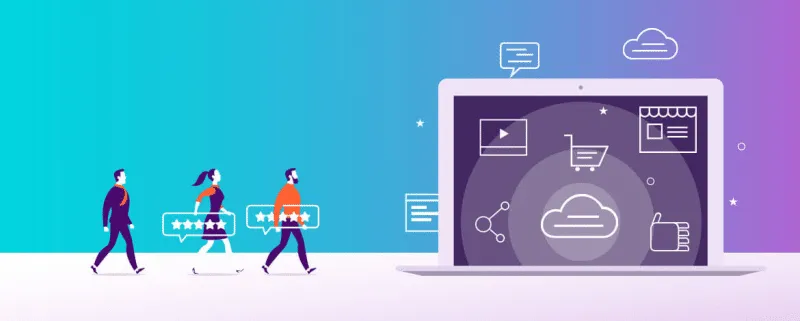
1. Proactively identify trends and chances
Businesses must deeply understand which metrics they are using and how they modify their KPIs to keep up to date. This covers proactively identifying data trends, chances from specific metrics, and changes in customer behavior to drive customer satisfaction. If you have quality data insight and can draw conclusions from this data, you will be able to find ways to improve and grow your strategy consistently.
Being proactive means having well-trained, enthusiastic customer support and CX team and improving online presence (social media, website, paid ads) to support customer behaviors. Put yourself in customers’ shoes, think about how you might feed if the call agent listened to your demands or checked the status of your order or previous issues you have reported with your order and addressed them in time.
Companies that try to generate and maintain a high level of customer experience and service from the initial interaction to the lower end of the funnel are more inclined to have a better retention rate, reduced churn rate, and higher ROI.
2. Focus on how to make your customers feel truly valued
Customer service is one of the most crucial cogs in the wheel in regard to customer satisfaction. The product or service’s quality is not enough for customers because they consider the attentiveness and support of customer service equally crucial – whether in chatbots, social media, or phone. Keep in mind that customer experience is how your customers perceive their interaction with your business.
On some platforms like Yelp, Google Reviews, and Tripadvisor, customers can pour their irritation out on the online space and make a negative impact on brand image. As usual, customers will research an item online before purchasing. Therefore, it is significant that brands optimize their online presence, service level, and the customer journey to offer impeccable service to customers.
As information is more and more accessible, brands must view feedback, consistently track and improve their online presence to make sure they are not lagging behind and fall victim to a number of negative reviews.
Similarly, the online experience is also vital. Customers are less attentive, so online presence should identify their interest, give reward/ trial offers, and make the purchasing journey as smooth as possible.
3. Install a Loyalty Program software
Using a loyalty program software will help you keep your customers come back to your store and make repeat purchases without doing any hard work.
If you are running an online store on platforms like Magento or Shopify, a Loyalty Program extension is highly recommended. The extension will help establish effective discount programs for your loyal customers based on order and customer information. Besides, you can leverage the customer’s purchase history such as the frequency, purchase times, shopping period on your site to generate exclusive discounts.
Creating a good loyalty program can connect your brand with customers. That can build an emotional bond with your clients, helping them see you as more than a corporate seller. Instead, you can express that your brand has a clear identity and real-world values that customers can relate to.
4. Emphasize case studies during the sales process
An important portion of the sales process should be concentrated on defining whether your product or service is the right choice – from both a relationship angle and how you will work.
Share case studies that indicate accurately how your goods or services assisted other customers – and how they thought about working with your team. You could also show testimonials from earlier customers.
It’s like researching before any crucial purchasing decision. You want to find out how it will work before you buy it. If the customer really comprehends this, they will be more willing to have appropriately set expectations and be more satisfied with the experience when they make their decision.
5. Communicate results regularly
Consumers are more inclined to keep buying from you if your product or service is bringing good results and high ROI. If a shopper can prove that your product has positively influenced their results, it will be more difficult for the customer to churn.
In other words, you need a proper system to monitor and report on the metrics that matter to the consumer, which should be relevant to the objectives you built together. Be honest about the results you’ve seen, where you find chances for enhancements, what you will focus on next month.
6. Use reciprocity to improve loyalty
Reciprocity is a social structure that has been found to improve loyalty. Behaviors of kindness generate a feeling of obligation in the person who willingly wants to compensate for the kindness.
There are two types of reciprocity: trumpeted and surprise. Both of them can be applied in customer service to gain loyalty.
- Trumpeted reciprocity refers to when the person doing something useful does so in a way that shows that they are going above and beyond. It does not mean you need to write all the good things you do in a weekly report, but customers can feel that what you are doing surpasses the working relationship’s normal scope. For instance, you can grant your customers early access to a brand new service or product.
- Surprise reciprocity refers to a surprise present or gesture. For instance, you can offer your customers free tickets to an event without warning.
Final Thoughts
Realizing the difference between customer loyalty and retention means you will not miss any chance to grow your business. Customer loyalty and customer retention are two different types of marketing campaigns, and businesses should combine loyalty programs and retention strategies to gain the best outcomes.
Frequently asked questions on customer loyalty and retention
What is the link between customer retention and customer loyalty?
Customer retention and customer loyalty are closely linked concepts in customer relationship management. Customer retention refers to the ability of a business to retain existing customers over a specific period, while customer loyalty refers to the level of commitment and attachment that customers have towards a particular brand or business.
Why is customer loyalty and retention important?
Customer loyalty and retention are essential for businesses to achieve financial stability, foster brand advocacy, gain a competitive edge, and lay the groundwork for long-term success and profitability. By prioritizing customer satisfaction, engagement, and relationship-building, businesses can create a loyal customer base that continues to support and contribute to their growth and sustainability.
How do you build customer loyalty and retention?
Building customer loyalty and retention requires a strategic and customer-centric approach. Building customer loyalty and retention is an ongoing process. It requires consistent effort, continuous improvement, and a deep understanding of your customers’ evolving needs and expectations. By prioritizing customer satisfaction, engagement, and building long-term relationships, you can create a loyal customer base that supports and contributes to the growth and success of your business.